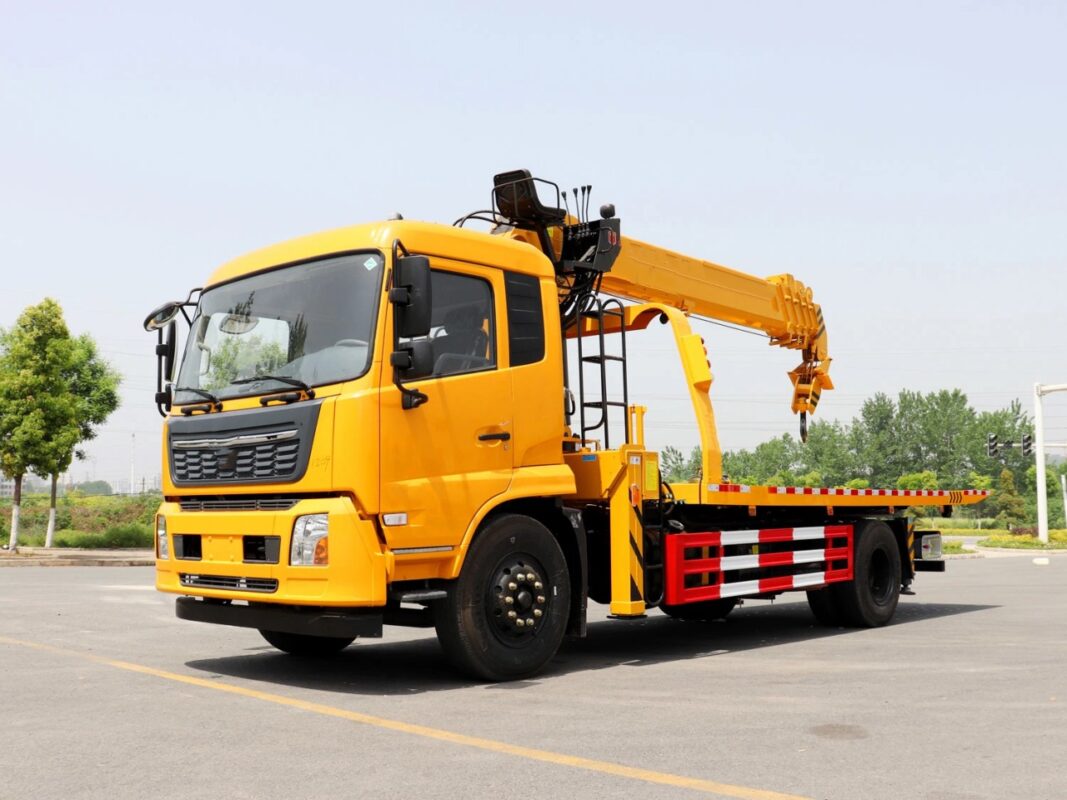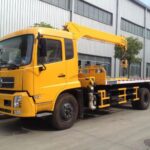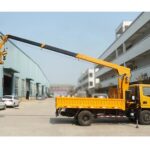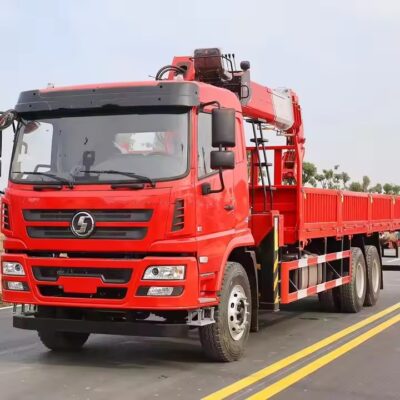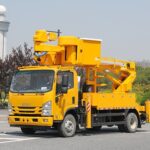In the world of heavy machinery and logistics, efficiency is paramount. When it comes to moving and transporting heavy loads, the integration of lifting and towing capabilities has revolutionized the industry. Crane tow truckS, often referred to simply as crane truckS, have emerged as a powerful solution that combines the functionalities of a crane and a holownik into a single, versatile vehicle. These engineering marvels are changing the way we approach tasks that involve heavy lifting and towing, making them safer, more efficient, and increasingly cost-effective.
The Evolution of Crane Tow Trucks
The concept of laweta z dźwigiems has been around for several decades, but it’s only in recent years that they’ve gained significant popularity and witnessed remarkable advancements in technology. The primary driving force behind this evolution has been the increasing demand for handling heavy loads with precision and speed. Traditional tow truckS, while adept at hauling disabled vehicles, have limitations when it comes to lifting and moving large, non-vehicular loads. Z drugiej strony, conventional cranes excel at lifting and positioning objects but are not designed for towing.
The birth of the laweta z dźwigiem, sometimes called a wrecker crane or recovery crane, can be seen as the convergence of these 2 specialized vehicles. It combines the winching and towing capabilities of a standard tow truck with the lifting and positioning capabilities of a crane. This fusion has led to a multifunctional workhorse that can handle a wide range of tasks, from recovering accident-damaged vehicles to placing heavy machinery at construction sites.
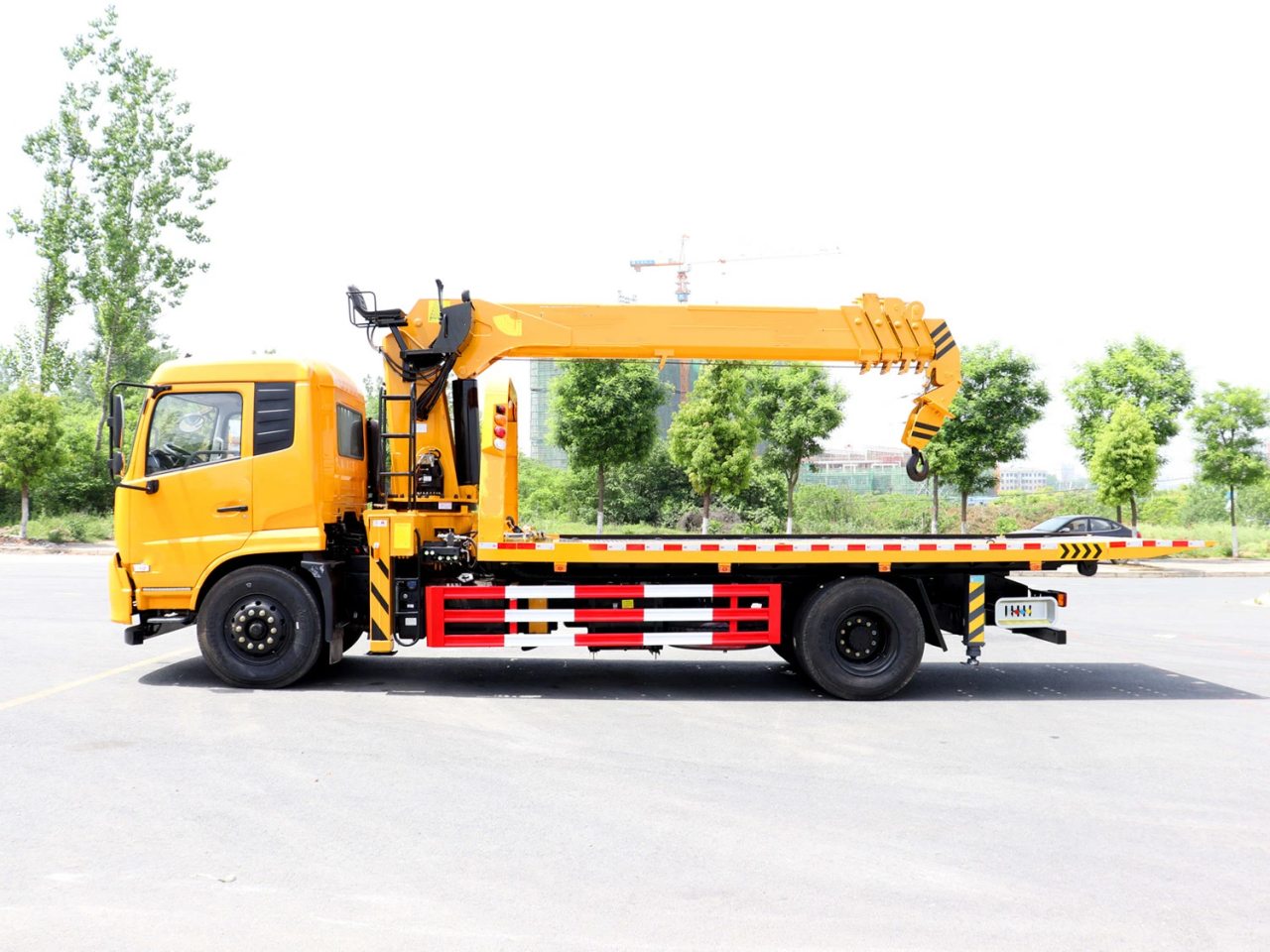
The Anatomy of a Crane Tow Truck
Crane tow trucks are highly adaptable machines that come in various configurations, depending on their intended use. Jednakże, they share some common components that make them effective in their dual roles. Here’s a breakdown of the key elements:
1. Boom
The most prominent feature of a laweta z dźwigiem is its extendable boom, which can vary in length and design. Booms are typically made from high-strength steel and can be telescopic, articulating, or a combination of both. The choice of boom depends on the specific lifting and towing requirements of the vehicle. Telescopic booms provide greater reach while articulating booms offer better maneuverability.
2. Winch
A heavy-duty winch is an integral part of a laweta z dźwigiem. It’s used for both lifting and towing operations. The winch is attached to the end of the boom and is equipped with a strong cable or rope that can be extended to reach the load or vehicle in question. The winch’s capacity varies from one laweta z dźwigiem to another, with some capable of hoisting several tons of weight.
3. Controls
Modern crane tow trucks are equipped with sophisticated control systems that allow the operator to manipulate the boom and winch with precision. These controls are often hydraulic, making it possible to perform delicate maneuvers while lifting or towing heavy loadS. Operators receive extensive training to ensure the safe and effective operation of these complex machines.
4. Stabilizers
Safety is paramount in crane tow truck operationS. To ensure stability while lifting or towing heavy loadS, these vehicles are equipped with outriggers or stabilizers. These extendable legs are deployed to create a solid and secure base, preventing the truck from tipping over during lifting operations.
5. Towing Attachments
In addition to their lifting capabilities, laweta z dźwigiems retain their functionality as holownikS. They are equipped with towing attachments such as a hook or a wheel lift, allowing them to safely and efficiently tow vehicles of various sizes. This dual functionality makes them indispensable in the towing and recovery industry.
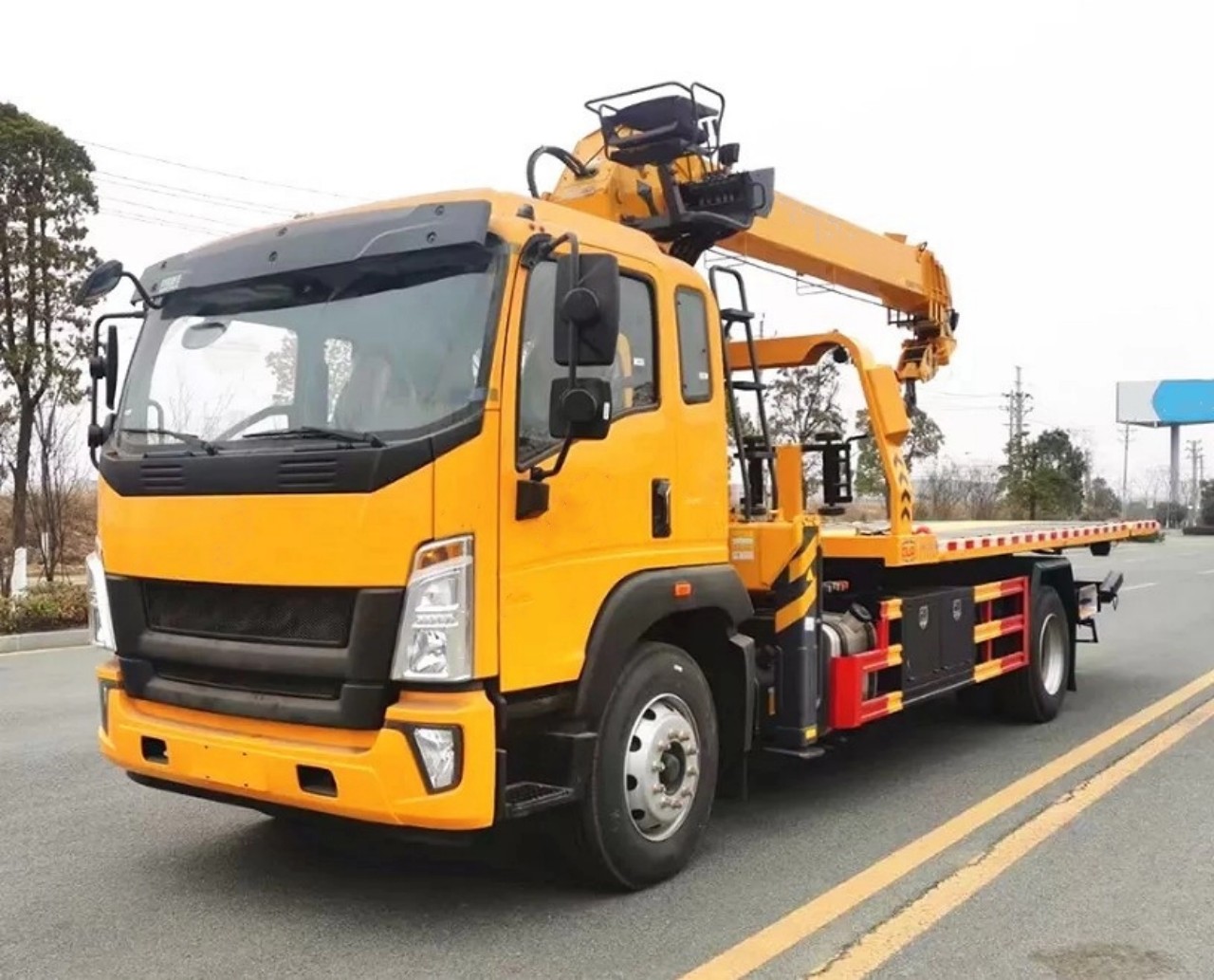
Applications of Crane Tow Trucks
The versatility of laweta z dźwigiems makes them invaluable in a wide range of industries and applications. Here are some notable examples:
1. Accident Recovery
One of the most common uses of laweta z dźwigiems is in accident recovery. When a vehicle has been involved in a collision and needs to be lifted and moved, A laweta z dźwigiem can perform the task safely and efficiently. The extendable boom I winch allow for precise positioning, reducing the risk of further damage to the vehicle.
2. Construction
Construction sites often require heavy equipment I materials to be lifted and placed at specific locations. Crane tow trucks are ideal for this purpose, as they can transport construction machinery and materials and then use their crane capabilities to precisely position them.
3. Utility Work
Utility companies rely on laweta z dźwigiems for various tasks, including repairing or replacing utility poles, lifting transformers, and placing heavy equipment in hard-to-reach locations. The versatility of these vehicles makes them indispensable in the utility sector.
4. Tree Removal
In the field of arboriculture, laweta z dźwigiems are used for tree removal. The crane can lift and remove large sections of trees, minimizing the risk of damage to nearby structures or vegetation.
5. Manufacturing
Manufacturing facilities often require the movement of heavy machinery within their premises. Crane tow trucks simplify this process by combining towing and lifting capabilities, making it easier to reconfigure production lines or install new equipment.
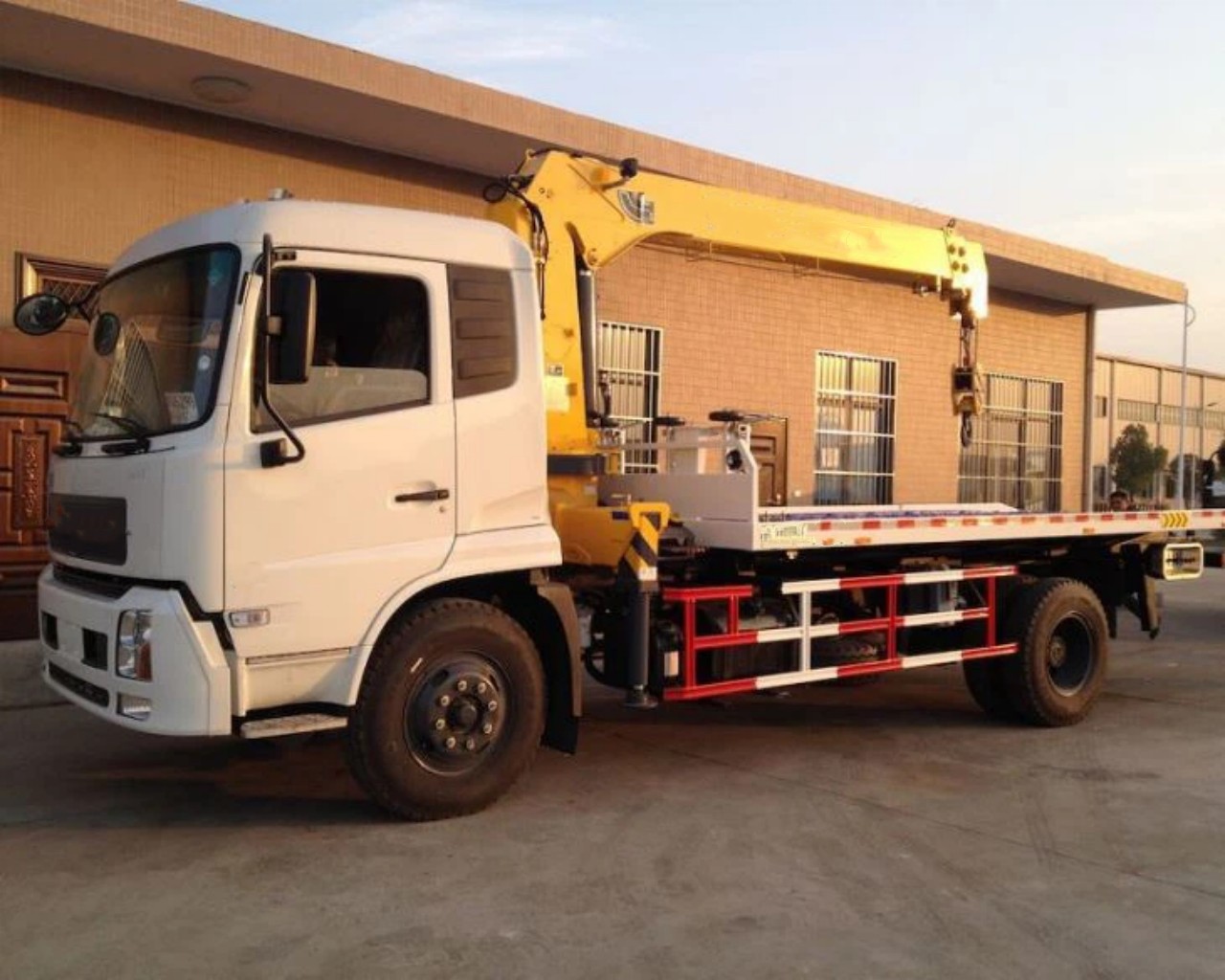
Advantages of Crane Tow Trucks
The integration of lifting and towing capabilities into a single vehicle offers numerous advantages:
1. Time Efficiency
Crane tow trucks can significantly reduce the time required for tasks that involve both lifting and towing. Instead of needing 2 separate vehicles and crews, A laweta z dźwigiem can handle the entire operation, from lifting to towing, in a single pass.
2. Cost Savings
By eliminating the need for multiple vehicles and personnel, laweta z dźwigiems can lead to cost savings for businesses. They are a cost-effective solution for companies that regularly engage in lifting and towing operations.
3. Precision and Safety
The advanced controls I stabilizers z laweta z dźwigiems allow for precise and safe lifting and towing operations. Operators can manipulate loads with precision, reducing the risk of accidents and damage.
4. Versatility
The adaptability of laweta z dźwigiems means they can be used in a wide range of industries and applications, making them a versatile addition to any fleet.
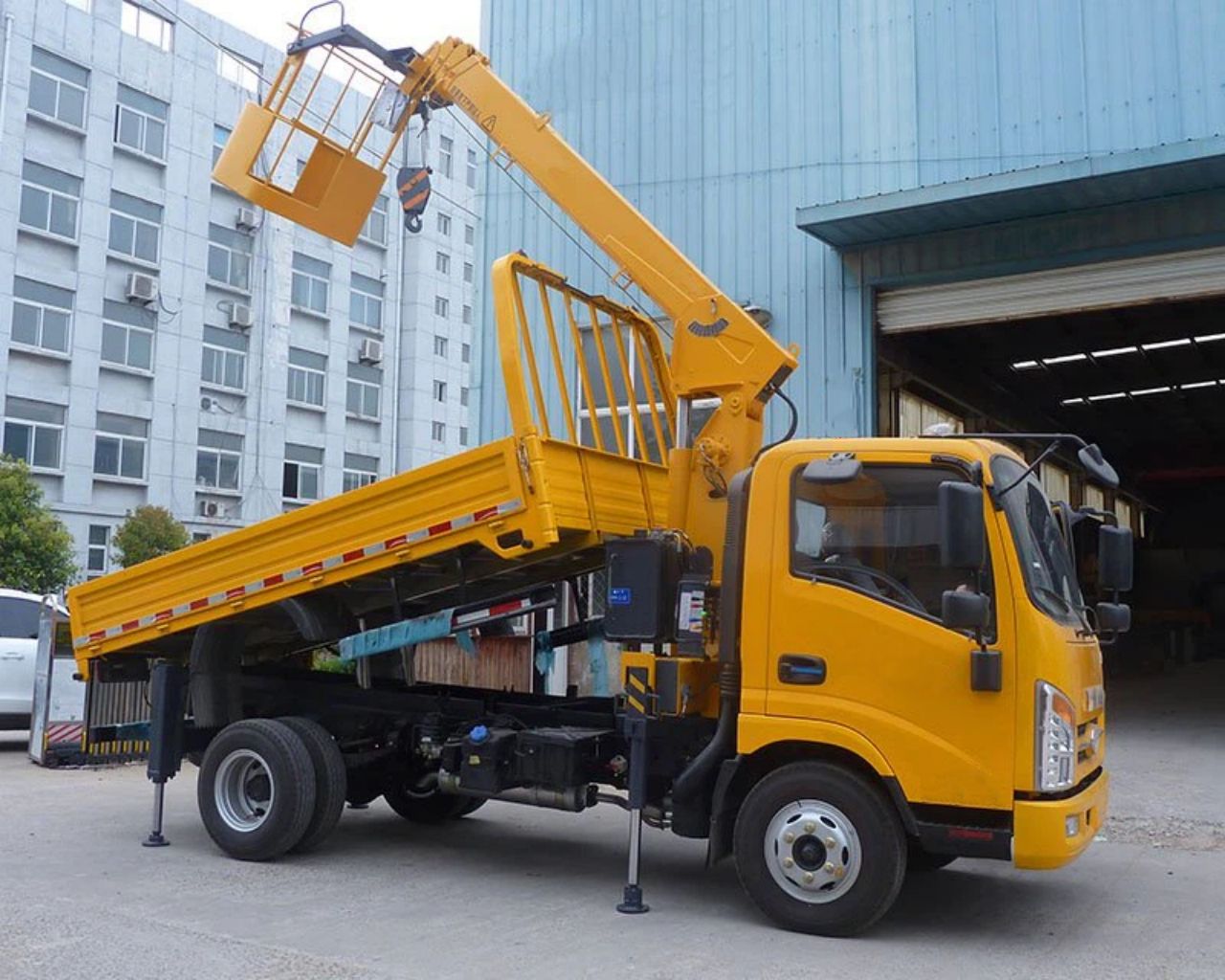
Conclusion
Crane tow trucks have become indispensable tools in industries that require both lifting and towing capabilities. Their versatility, precision, and efficiency make them a valuable asset for businesses involved in accident recovery, construction, utility work, tree removal, manufacturing, and more. As technology continues to advance, we can expect even more innovations in the world of laweta z dźwigiemS, further enhancing their capabilities and safety features. With these remarkable machines, the heavy lifting and towing industry is reaching new heights of efficiency and effectiveness.

